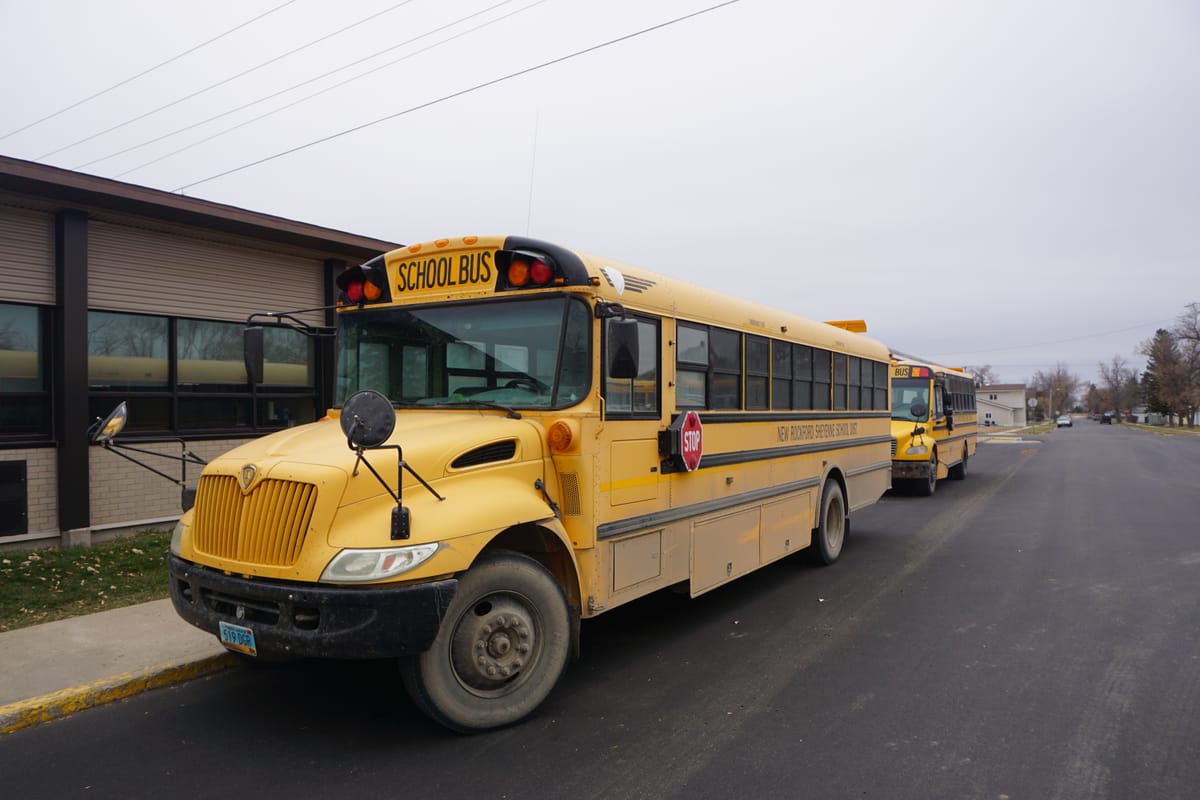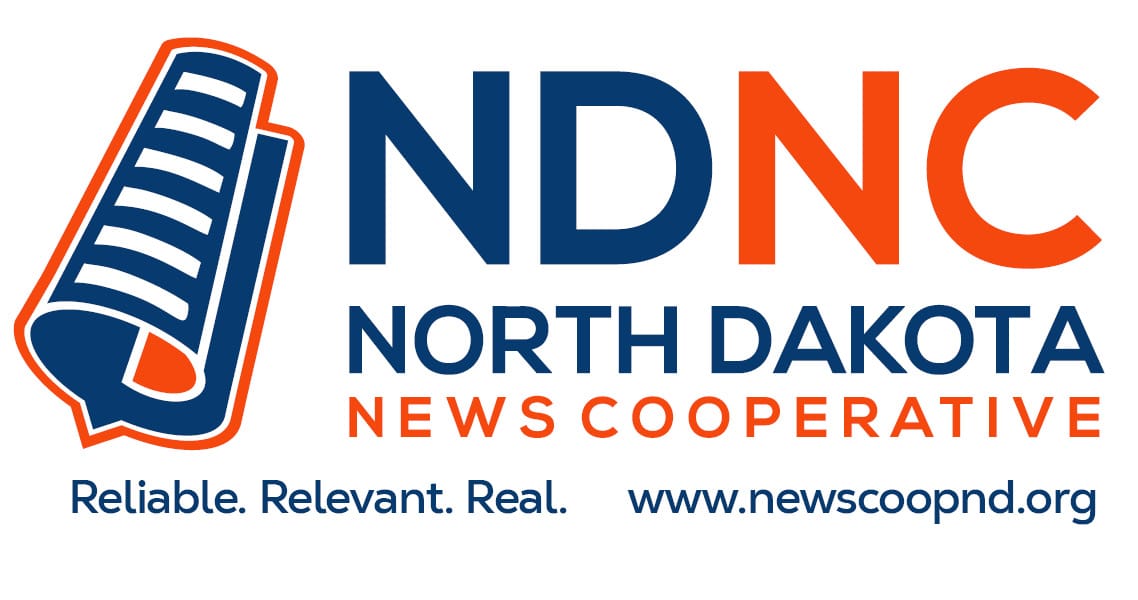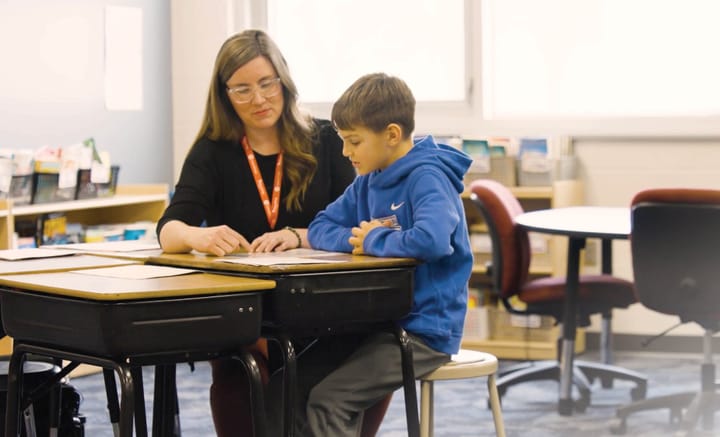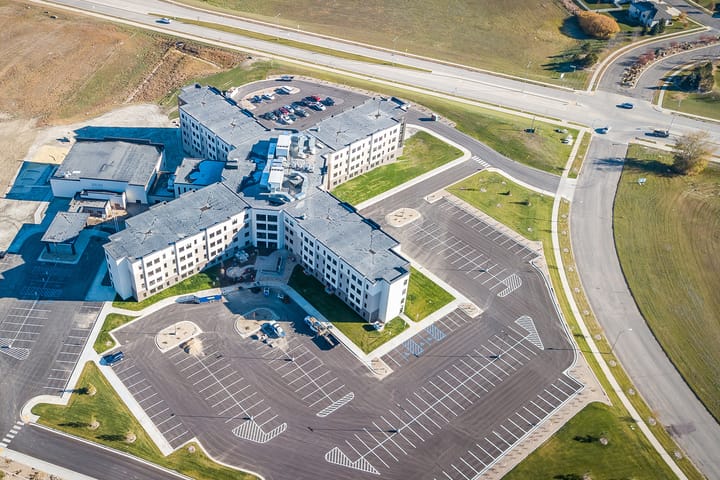National driver shortages impacting ND schools, businesses
Regulatory changes increase times, costs of certification

An already tight labor supply and federal regulatory changes implemented early this year have continued to limit the ability of schools and other businesses in rural parts of North Dakota to fill positions with drivers holding commercial driver’s licenses.
The national driver shortage has impacted everything from supply chains, to mail delivery, to snow removal, to the ability to get students to school or to extracurricular events, with rural areas bearing much of the brunt.
Canceled, suspended and disrupted school bus routes have become the norm in some corners of the state, and with costs of training a new driver now ranging from $5,000 to $8,000, only larger bus, truck and logistics companies can pay the price.
School districts in rural parts of the state with their own buses, who hire independent contractors to drive those buses, have few options when they lose drivers.
New drivers are unlikely to take the time and absorb the cost of training just to drive a school bus in these areas. Districts already on tight budgets may not be willing to invest in training considering those drivers could take their new certification elsewhere for higher paying positions.
Rural workarounds
Most recently, New Rockford-Sheyenne school district suspended one of its routes in October while it scrambled to hire a new driver. School Superintendent Jill Louters declined a request to discuss the current situation when contacted, as did school board president Mike Jacobson after initially agreeing. Both have had to pick up the slack by taking on driving duties themselves.
Down in the Mott-Regent school district, no routes have been canceled or suspended in the past year, but some have had to be adjusted. In Mott, local contractors operate the routes, own their buses and hire their own drivers, Zachary Slayton, superintendent of the district said.
“They have expressed difficulty finding drivers and when they do find someone willing to drive, getting them trained in accordance with the new regulations takes longer and costs much more than before,” Slayton said.
“Where the school bus driver shortage negatively impacts the school is that we don't have anyone to drive our large activity bus and struggle to find drivers for our small activity buses as well,” he added.
One of those contractors and the last full-time driver the school district had is Troy Mosbrucker, who also happens to be mayor for the town.
“Nobody wants to commit to it,” Mosbrucker said. “You’ve got to be there in the morning and afternoon, and nobody wants that.”
Mosbrucker also pointed to the increased federal requirements on licenses as a big culprit, and said he hoped some solution could be found particularly for areas like his that could reduce the requirements. He said he now pays around $100 per day for school bus drivers often only working a total of three hours daily serving the area’s routes.
“This is what’s stupid. You can drive a 14-passenger bus without a commercial license, but I have a 24-passenger bus that’s the same size,” Mosbrucker said.
“It’s like driving a big pickup. I don’t think they should have a requirement for a commercial license. For the bigger buses, I can see the need for that, but I mean, we’re driving out in the country and it’s not like we’ve never drove these roads before,” Mosbrucker said.
Other areas have had to improvise. That has included mothballing bigger buses in favor of the smaller, 14-passenger buses, if they are available. Another challenge has been delivery of buses already ordered, with wait times sometimes up to a year or more.
“We do use 14-passenger mini-buses for some of our extracurricular transportation and are able to use those due to the training of our teaching and support staff to allow them to be qualified,” said Daren Christianson, superintendent of the Langdon area school district.
Keith Campbell, superintendent of the Mohall-Lansford-Sherwood school district, said the district was fortunate it has been able to fill its routes with drivers, but does have limited options of available substitutes. Some routes have had to be consolidated, and some smaller buses added due to a shortage of qualified drivers for larger buses.
“One of our biggest problems is the inability to get buses now,” Campbell said. “We ordered buses last spring and they will not be in until next year,” he added, explaining that it takes over a year now to get either a large or small bus.
Higher requirements, costs
Most often singled out as a hurdle for obtaining bus drivers is the U.S. Department of Transportation requirement for baseline safety training that has been required nationwide since early February.
That new requirement means drivers must take safety classes before getting a commercial driver’s license [CDL] training permit, adding an additional two or three weeks of training onto normal certification, plus additional costs.
The North Dakota DOT currently offers CDL driver testing in Bismarck, Devils Lake, Dickinson, Fargo, Grand Forks, Jamestown, Minot, and Williston. Training programs are also available across the state, with more information available here: https://www.dot.nd.gov/divisions/driverslicense/drivingschools.htm#drivingschools
Brad Schaffer, state driver’s license director, said anyone who has had a CDL for more than two years can register as a trainer for the new federal requirement, which means bigger bus and truck companies should be able to handle that initial training for new staff themselves.
“It’s just an additional training tool to make sure they have the basic knowledge before they come to us to take the test,” Schaffer said. “The intention is really to increase highway safety on our roadways. Because trucks are out there driving every single day and just really want to make sure that people know what they're doing.”
Schaffer estimated that for a new driver, the commitment would be between 20 to 40 hours to complete the safety training requirements.
“It really depends on their comfort level,” he said.
Filling the gaps
With the increased need for truck drivers and CDL certification in general, businesses and schools have begun to step up to help fill the gaps.
One of those is the TrainND CDL Program at Bismarck State College, which started up in January 2020. Brian Ellersick, program manager, said demand is so great at the moment that there is a six-month wait list to get into the program.
In its first year the program saw 47 students complete certification, and expectations are the numbers should be around 67 this year. After hiring a second instructor, hopes are to increase numbers up to the mid-90s in the coming year, Ellersick said.
“We’re definitely trying to answer the call,” Ellersick said. “It’s tough when students are on that five-, six-month wait list because they’ll sign up, they’ll pay their deposit, but in that time things come up. They’ll switch jobs or something else comes up. So we’re trying to get it to where there is no wait list.”
Costs for the program, which include the new federal training requirements and takes a full month to complete, are around $5,800, Ellersick said. Across the state, full training like that ranges from $5,000 to $8,000, he said, something that only makes sense if you’re making a career out of it or if a company is paying the costs or reimbursing tuition over time.
“It’s a short-term payoff,” Troy Westby, instructor for the program, said. “The money they’re making coming out of here in four weeks, it blows my mind. Twenty-five years ago it wasn’t even close to that. They can pay that $5,800 off within the first three months.”
Ellersick said the new requirements are putting safer, more informed drivers on the road, which is a good thing overall. One issue, however, is that while there is some state workforce innovation funding available for workers who want to improve skills, federal financial aid can’t currently be used to pay for the program.
“There’s such a shortage and such a demand, there should be some kind of financial aid for these guys to go through the programs.” Ellersick said.
The North Dakota News Cooperative is a nonprofit news organization providing reliable and independent reporting on issues and events that impact the lives of North Dakotans. The organization increases the public’s access to quality journalism and advances news literacy across the state. For more information about NDNC or to make a charitable contribution, please visit newscoopnd.org. Send comments, suggestions or tips to michael@newscoopnd.org. Follow us on Twitter: https://twitter.com/NDNewsCoop.



